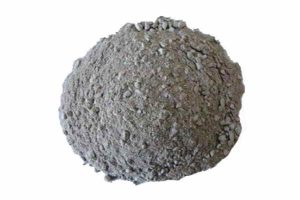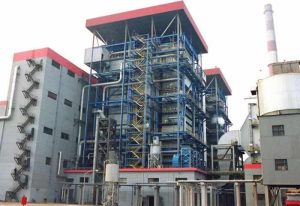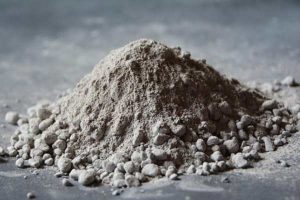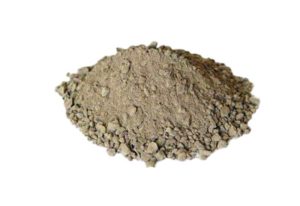Materiały ogniotrwałe są niezbędnym materiałem do budowy pieców przemysłowych, piece, i inne zastosowania wysokotemperaturowe.
Materiały te składają się z kruszywa ogniotrwałego, spoiwa, i dodatki, and are mixed with water to form a slurry that can be poured or troweled into place.
Once dried, the castables become a strong, heat-resistant barrier that can withstand extreme temperatures.
Jednakże, issues may arise during the construction process, such as improper mixing, improper curing, or improper storage, that can cause the castables not to be set properly.
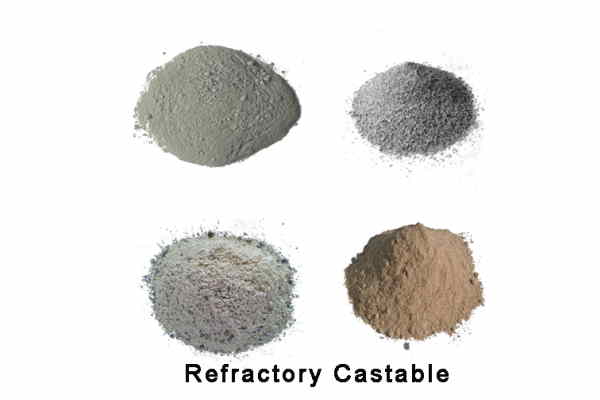
1. What are Refractory Castables?
Refractory castables are a type of monolithic refractory material that are designed for use in high-temperature applications.
These materials are commonly used in the construction of industrial furnaces, piece, i spalarnie.
They are also used for lining various process vessels, kotły, i inne urządzenia do przetwarzania w wysokiej temperaturze.
2. Composition of Refractory Castables
Refractory castables are composed of several key components, w tym:
2.1. Refractory Aggregates
Refractory aggregates are the primary component of refractory castables.
These materials provide the structural backbone of the castable and determine its physical properties, such as strength and thermal conductivity.
Common refractory aggregates include bauxite, andaluzyt, mulit, chamotte, and alumina.
2.2. Binders
Binders are used to hold the refractory aggregates together and provide strength to the castable. The most commonly used binders are calcium aluminate cement (CAC) and hydratable alumina.
2.3. Additives
Additives are used to modify the properties of refractory castables.
Na przykład, silica fume is added to increase the castable’s strength and density, while plasticizers are added to improve workability and reduce water content.
2.4. Water
Water is used to create a slurry with the refractory castable materials, allowing them to be poured or troweled into place.
3. Why May The Refractory Castables Not Solidify During The Construction Process?
3.1. When a refractory castable is not solidified during construction, it is necessary to determine whether it is not solidified or the solidification time is too long, to analyze the cause and to solve the problem.
Refractory castable is an indefinite refractory material made by mixing refractory aggregate, proszek, additives, and binder in proportion to the formula.
3.2. The solidification time of refractory castables is limited and cannot be too fast or too slow.
Normally, when pouring refractory castables into the lining, the mix should be poured into the prepared mold first and cured after the pouring is completed.
The curing speed of the refractory castables depends on the material of the castables and the construction environment.
In the construction of refractory castables with different materials, the conditions required for solidification are different. When some refractory castables cure, a lot of heat is generated, which leads to the phenomenon of thermal condensation. This is controlled to avoid rapid evaporation of water, which can affect curing.
3.3. In winter, the dry material should be stored in the heating room and stirred with hot water to keep the temperature of the mix above 10°C. It is not advisable to add chemical accelerators or antifreeze agents.
3.4. The initial solidification time of refractory castables shall not be earlier than 40 minutes, and the final solidification time shall not be more than 8 godziny.
Refractory castables have certain requirements for the construction environment, generally around 30℃, not less than 4℃.
Zazwyczaj, when constructing refractory castables in winter, it needs to be constructed according to the technical requirements of construction. If the temperature is too low, measures need to be taken.
The solidification time of the castables is also the key to determining the performance of the refractory castables.
If the setting time is too long, or if the strength of the castable is not sufficient, it cannot be used as furnace lining.
The substance that can shorten the setting and hardening time after the construction of refractory castables is called a coagulant (or hardener).
The mechanism of the coagulant is complex and varies with the nature of the binding agent and the coagulant used.
3.5. If the refractory castable does not cure for a long time, please contact the technical staff of the castable manufacturer to ensure the quality of the castable formula and raw materials. And then determine the ratio of castable to binder during the construction process.
Zazwyczaj, when producing refractory castables, the castable manufacturer will pre-test the recipe in all aspects according to the customer’s needs to ensure that all aspects of the refractory castable performance can meet the customer’s needs. And then mass production, the refractory castable is delivered to the customer for construction after production.
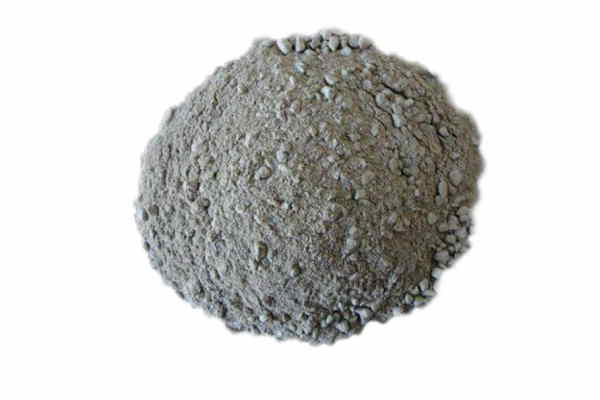
4. Refractory Castables Construction Procedures and Quality Control Measures
4.1. Construction process and work content
4.1.1 Material storage:
Before building the furnace, a refractory material warehouse should be established at the construction site.
The warehouse area should meet the needs of material turnover, and the warehouse should be well-ventilated, rainproof, and moisture-proof.
During winter construction, the warehouse should take anti-freezing and insulation measures.
The safe service life of the material is one year. Do not use the adhesive if it hardens and cakes. Contact the material supplier to replace the adhesive and have the sample block tested before batch use.
4.1.2 Construction process
Formwork installation → pouring and mixing → pouring and construction → pouring and maintenance → inspection → repair → oven drying → delivery
4.1.3 Mold:
The material of formwork can be non-absorbent steel formwork or wooden formwork. When choosing steel formwork, the surface of steel formwork shall be smooth and rust-free.
The joint joints between the steel formwork shall be tight and without gaps, and the plane shall be kept flat as a whole to ensure that the slurry or liquid does not leak.
When choosing wooden formwork, the thickness of the formwork shall be determined according to the different construction locations.
The contact part between formwork and casting material shall be coated with the release agent, and the part to be can be pasted with release paper.
The made formwork shall be firmly and reliably installed with accurate dimensions and shall bear a certain support force so that it will not be deformed during the pouring process.
A design sketch taper is used between the blocks to ensure the elimination of the formwork and to save effort and convenience.
4.1.4 Block testing
During the construction of the castables, test blocks should be made according to the different construction parts. At least two test blocks of 100mm x 100mm x 100mm should be produced on-site.
The production and maintenance of the test blocks should be consistent with the construction conditions of the furnace lining.
Observe the strength of the sample blocks, record the hardening time, and test the strength of the sample blocks to further confirm the production technology elements of mass production.
4.1.5 Casting construction:
The construction temperature of the casting material is controlled between 5-35°C.
4.1.5.1. Mixing shall be carried out using a forced mixer. The number of revolutions per minute is 23-26.
According to the ratio required by the process, pour the dry material from the castable bag into the machine first, remove the binder, and then pour the dispersant together.
The mixture should be dried first for 2-3 minutes and the mixture should be wetted with water for 3-5 minutes.
The amount of water should be strictly controlled in proportion to the construction instructions provided by the manufacturer and should be adjusted at any time according to temperature, humidity, and fluidity.
4.1.5.2. For large furnace construction, the continuity of construction shall be maintained and there shall be no stoppage in the process.
In the process of layered construction, 2-3 mixers should be used for continuous construction to avoid the layering phenomenon. Personnel should take care of each other before and after commuting and cooperate.
If construction cannot continue under special circumstances, measures should be taken to delay the curing of the material.
The construction unit should be ready for production within 8-10 hours to continue construction and should be as short as possible.
Ensure natural connection between layers and prevent delamination from occurring.
Blocking measures shall be confirmed by the material manufacturer and shall not affect the final strength of the castings.
4.1.5.3. Vibration: The castings poured into the mold shall be vibrated immediately and shall not be lost in vibration in the same position as well as for a long period.
5. Wniosek
Refractory castables are vital materials for high-temperature applications, but improper mixing, curing, or storage can cause the material not to be set properly during construction.
By understanding the composition of refractory castables and following proper handling procedures, issues can be prevented or addressed promptly.
PER refractory company is a leading manufacturer of fire bricks and refractory castables for a wide range of industries including steel, cement, glass and petrochemicals. With years of experience in the industry, we are committed to providing our customers with high-quality products and excellent customer service.

